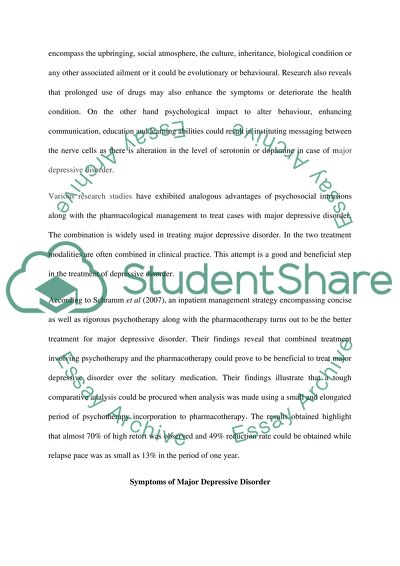Cite this document
(“Major Depressive Disorder Essay Example | Topics and Well Written Essays - 1750 words”, n.d.)
Retrieved from https://studentshare.org/psychology/1432930-major-depressive-disorder
Retrieved from https://studentshare.org/psychology/1432930-major-depressive-disorder
(Major Depressive Disorder Essay Example | Topics and Well Written Essays - 1750 Words)
https://studentshare.org/psychology/1432930-major-depressive-disorder.
https://studentshare.org/psychology/1432930-major-depressive-disorder.
“Major Depressive Disorder Essay Example | Topics and Well Written Essays - 1750 Words”, n.d. https://studentshare.org/psychology/1432930-major-depressive-disorder.


